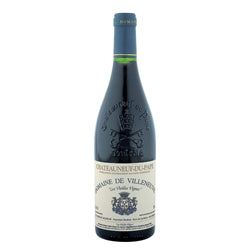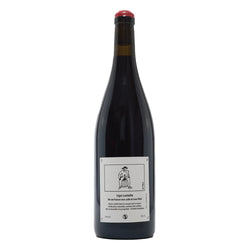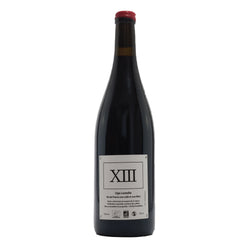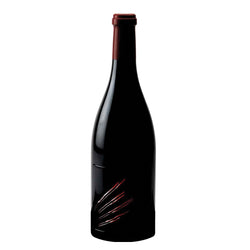E' un vitigno a bacca rossa, conosciuto per la sua alta adattabilità e produttività, coltivato sia nel Sud della Francia sia nelle ex colone francesi del Marocco e dell'Algeria sia in Sud Africa. ideale per la vinificazione rosè, produce un vino piuttosto semplice, con basso contenuto di tannini, che presenta un sapore al retrogusto amarognolo. Per conferirli un sapore più dolce e fruttato, in Francia viene vinificato insieme al Grenache ed al Carignan. In Puglia
a volte si usa per aggiungere intensità ai profumi di certi rossi e solamente nella DOC Ostuni lo troviamo classificato in purezza: l’Ostuni Ottavianello. Il vitigno Ottavianello ha foglia media, pentagonale, pentalobata. Il suo grappolo è medio, piramidale, allungato mediamente serrato. L'acino è medio, ellissoidale-obovoide, con buccia pruinosa, delicata e di colore violetto. Il vitigno Ottavianello dà un vino di colore rosso rubino che negli anni può diventare granato, ha sentori olfattivi che ricordano la frutta secca (nocciola e mandorla) e alcune spezie, e un sapore leggermente aromatico, morbido e persistente.
E' un vitigno a bacca rossa, conosciuto per la sua alta adattabilità e produttività, coltivato sia nel Sud della Francia sia nelle ex colone francesi del Marocco e dell'Algeria sia in Sud Africa. ideale per la vinificazione rosè, produce un vino piuttosto semplice, con basso contenuto di tannini, che presenta un sapore al retrogusto amarognolo. Per conferirli un sapore più dolce e fruttato, in Francia viene vinificato insieme al Grenache ed al Carignan. In Puglia
a volte si usa per aggiungere intensità ai profumi di certi rossi e solamente nella DOC Ostuni lo troviamo classificato in purezza: l’Ostuni Ottavianello. Il vitigno Ottavianello ha foglia media, pentagonale, pentalobata. Il suo grappolo è medio, piramidale, allungato mediamente serrato. L'acino è medio, ellissoidale-obovoide, con buccia pruinosa, delicata e di colore violetto. Il vitigno Ottavianello dà un vino di colore rosso rubino che negli anni può diventare granato, ha sentori olfattivi che ricordano la frutta secca (nocciola e mandorla) e alcune spezie, e un sapore leggermente aromatico, morbido e persistente.






